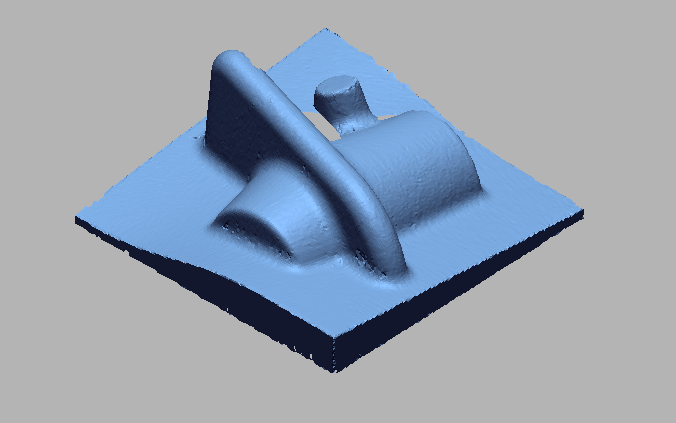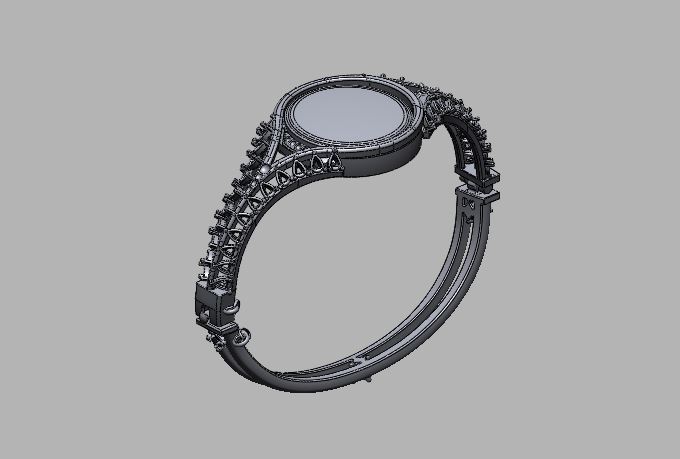Overview
Organic Shape Feature-Based CAD
Extracting features from organic shapes is a challenging task. In an existing NURBS Model, we can add or edit the features based on the client’s requirements. The process of creating and manipulating NURBS surfaces and solids is supported by feature-based operations. Organic shape feature-based modeling with T-Splines(a combination of NURBS and Subdivision modeling) is different. It most often involves starting with an initial mesh shape, subdividing it into areas that need more detail and refinement, and pushing or pulling on its surface to deform it into the shape you need. Manufacturable products with organic surface features likely include both Subdivision modeling for aesthetics with NURBS modeling for precision. The best example for organic feature-based CAD is a haptic device with reverse engineering software. This organic Feature-based modeling software allows analysis of drafts, creation of inserts, and parting lines for both CAD and scanned models.
WORKFLOW
PHASE 1
 Import scan data.png)
Import scan data
 Interactive Alignment.png)
Interactive alignment
 Creating watch outer body surfsce.png)
Creating watch outer body surface
 Trimed with extrude surface to create the profile for the watch case.png)
Trimed with extrude surface to create the profile for the watch case
 Created skeleton case body for both the sides.png)
Created skeleton case body for both the sides
 Created ruby locker by using extrude and loft tools and did curve pattern to create all locker in single alignment.png)
Cutting area developed by extrude
.Created watch case by using revolve tool.png)
Created watch case by using revolve tool
 Giving radius for all sharpe edges in surface body.png)
Giving radius for all sharpe edges in surface body
 Solidified by trimming all surfaces to recreate the body and created as a separate child parts.png)
Solidified by trimming all surfaces
 Mirror the ruby locker using top plane.png)
Mirror the ruby locker using top plane
 Mirror the ruby locker using right plane to develop the full body.png)
Mirror the ruby locker using right plane to develop the full body
 Merging all child parts into single body using boolean merge option.png)
Merging all child parts into single body
 Created small featuers on the body using revolution wizards.png)
Created small featuers on the body using revolution wizards
 Created timer key and small features.png)
Created timer key and small features
 Created wrist locker body using loft and sweep tool.png)
Created wrist locker body using loft and sweep tool
 Top and bottom body.png)
Top and bottom body
 Merged all child part assemble as a single body using boolean merge.png)
Merged all child part assemble as a single body
 Completed full body of the watch with its features.png)
Completed full body of the watch
 Final output for the complete wrist watch.png)
Final output for the complete wrist watch
IMAGE
VIDEO
INDUSTRIES WE SERVE
WHAT'S NEXT?
RELATED BLOGS

Scan To Parametric CAD
Parametric cad consists of a history-based feature modeling tree that can be edited to make design
Read more
Scan To Parametric CAD
Parametric cad consists of a history-based feature modeling tree that can be edited to make design
Read more
Scan To Parametric CAD
Parametric cad consists of a history-based feature modeling tree that can be edited to make design
Read more



